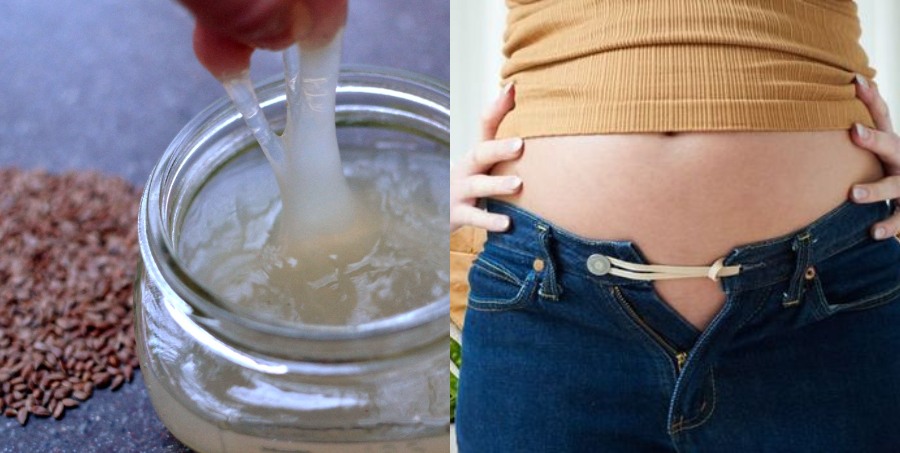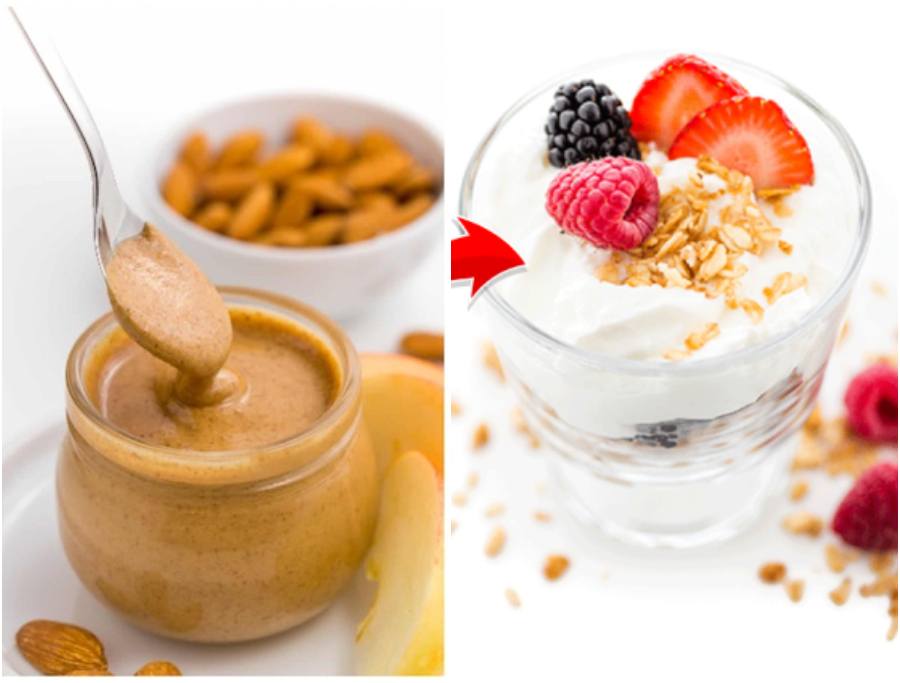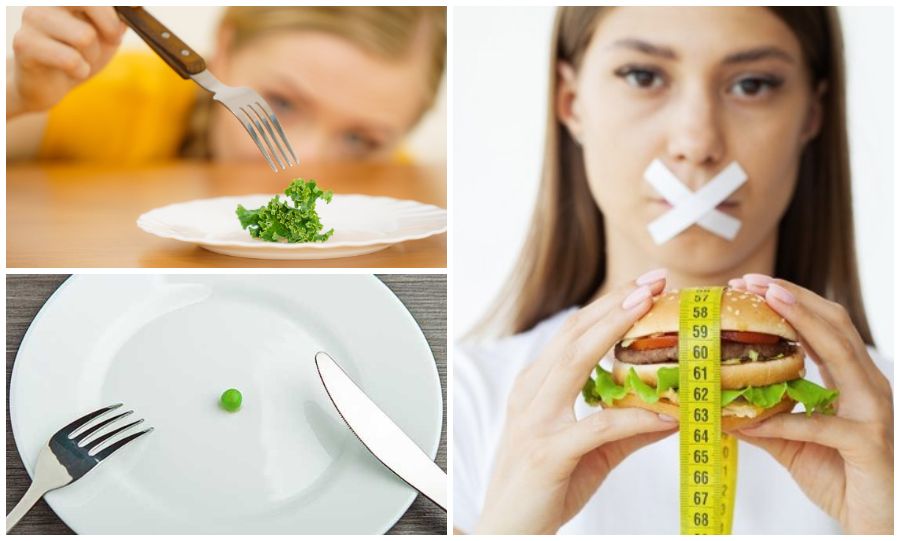It’s a fact that a lot of people out there start on a diet program with all serious intention to lose weight and get healthy in general, but find it difficult to adjust to healthy food (comprising of whole grains, vegetables, fruits, etc.) because they find such kind of food bland because their palate and taste buds have got used to sugary, salty, and highly processed food. To such a palate, healthy food may seem absolutely without any taste. For people who lose the battle to tastebuds, admit to yo-yo dieting, hence fail to see or sustain weight loss. We have to admit it, we keep craving for unhealthy food (which is usually high in calories and provide little to zero nourishment to the body) because we have dulled them with overuse of high sodium and sugar-rich food. As a result, you keep piling on weight and raise inflammation in the body, increasing the risk of cardiovascular diseases, stroke, and type 2 diabetes. Various studies have revealed that processed food that is high in sodium and sugar can work like drugs (similar to opium) and get you addicted to them, but the good news is that you can actually re-program your palate to like and actually enjoy healthy food and this re-training will help you lose weight. As we have mentioned earlier, clean eating comes with huge benefits – your body gets healthy and you get to loose oodles of weight. In this post, we will share tips on how to reprogram your taste buds to like healthy food. Our cultural background, DNA, memories all have an influence on our tastebuds. The main reason why we should retrain our taste buds is to cut out unhealthy food and to nourish the body with healthier options.


How Do Taste Buds Work?
There are thousands of tastebuds in the form of bumpy and coarse structures called as fungiform papillae on the tongue, which detect chemicals in the food we eat. These chemicals in the food attach to the receptors on the tastebuds and send signals to the brain which help to register taste perceptions. These tastebuds can detect five basic tastes – sour, salty, bitter, sweet, and umami (savoury, meaty flavour). The smell of food also help to detect the flavor – the chemicals in the food reach the olfactory receptors (present in the nose) and from there, a chain reaction starts, which significantly heightens the taste perceptions.
How To Reprogram your Taste Buds to Like Healthy Food:
1. Train your taste buds for 8 days with different flavours: There’s no such thing as sweet tooth! Period. Train your taste buds by introducing a bit of the major five flavours for 8 days – sweet, sour, salty, bitter, and umami. Just a bite of each of the flavour category will do – for sweetness – you can pick any fruit, try amchur for sourness, any salty food, for bitterness (karela anyone), and for umami (either meat or broth for non-vegetarians or mushroom for vegetarians). Over a period of 8 days, your tongue will learn to appreciate all these flavours without showing aversion to any particular category. In a matter of days, there are chances that karela can become your favorite vegetable for lunch!

2. Try Stinky Vegetables in the Evening or during dinnertime: Have you noticed how all food becomes tasteless when you have cold and your nose is blocked? That’s because smell plays an important role and there are receptors in the olfactory sense that send signals to brain about the flavour. If you hate eating smelly radish and cabbage, mask its smell by mixing it with other vegetables. Also, your sense of smell tends to get weak towards the evening. Pick stinky vegetables like radish, cauliflower, cabbage to eat towards dinner time. Also, boil or steam such vegetables prior to cooking to remove sulfur that imparts these vegetables their stinky smell.
3. Completely eliminate added sugar and refined sugar from the diet: Totally give up on refined sugar and added sugar from the diet. White bread, packaged food, soda, packaged fruit juices are just some of the examples that we can think of right now that you should avoid. In this post, we have listed down 8 Best Healthy Replacements for Refined Sugar.
2. Let go of high-sodium food such as chips: Salt is not as much of a culprit as sugar; however, moderation is the key. High-sodium foods dull your taste buds and you tend to add more and more salt to increase flavour of food. High salt content can lead to weight gain, water retention too. Cut down on salt intake, don’t top your food with salt to add more flavour.
3. Introduce healthy food – bite by bite: If you hate a particular flavour category, remember to take just a bite of it everyday. After doing this for a few days, you would realize you no longer have an aversion to it.
4. Keep tabs over Emotional Eating: Food with high sugar, sodium, transfat content have a direct impact on the brain. When you eat such food, your brain rewards you by releasing “feel-good chemicals” such as endorphins and dopamine. Such feel-good chemicals make us happy and elevate our mood. Such food items also cause sharp insulin spikes which give us instant energy but the drop in insulin spike is just as steep, causing fatigue and lack of energy. Eating processed and junk food releases a huge amount of dopamine and other feel-good chemicals compared to healthy food. The brain then causes more cravings for such food and it can lead to food addiction. When one indulges in such food, the “reward center” in the brain gets activated and releases dopamine and other feel-good chemicals and this cycle goes on and on, and one is unable to control these cravings. In short, people resort to emotional eating to feel better, relieve stress, and cope up with traumatic situations. Here’s a post on how you can control emotional eating and how to detach food with stress.
5. Practice Mindful Eating: Chewing slowly is a part of mindful eating because it recommends enjoying each bite of food and being aware of the quality and quantity of food that you are consuming. Avoid transfat, high sugar, high calorie food and include lots of vegetables and whole grains in your diet
6. Cook your own meals: Eateries and restaurants add high sodium and transfat to make your food tasty. Cook your own food because you would have a complete control over the amount of salt and oil in the food.
7. Use spices to add flavour to food, not sodium: As we have mentioned above, most of us add more salt to add flavour to the dish. Stop doing that, instead use spices like black pepper, cinnamon, and other herbs to bring out the flavour of the food.
8. Eat fresh fruit when you crave for sugar: When you absolutely need to have something sweet, pick a fruit – it would supply a good amount of vitamins and nutrients and satisfy your sweet tooth as well (we told you there’s no sweet tooth in reality!).
9. Replace vegetable oil with healthy oils such as olive oil, coconut oil, ghee: Vegetable and refined oils have high omega-6 fatty acids which raise inflammation in the body. Also, cook with just a little bit of oil to bring out the natural taste of vegetables. Excess oil tends to form a film on the taste buds, preventing actual flavours from the food to reach the senses.
10. Avoid transfat: Transfat is extremely unhealthy for the body as it raises inflammation in the body, it also manipulates your tastebuds and increases the cravings for fried food.
11. Pick dark chocolate over regular ones: There’s no need to give up on chocolates, instead switch to dark chocolate!
12. Say no to packaged fruit juices: You lose the fiber content even when you juice fresh fruits, and bottled and packaged fruit juices with preservatives are a complete no-no with their concentrated sugar content. Eat your fruits in their raw form.
13. When you tongue craves for sweet, eat frozen fruits such as frozen grapes.
14. Trick your palate with herbs and spices: Indian spices like cinnamon, cardamom, nutmeg can replace sugar in coffee, tea, and even sweet dishes because they can be perceived as “sugary” by the tastebuds.
15. Don’t shop for packaged food such as chips, noodles, biscuits. They are bad for your health as well as taste buds.
17. Find healthy replacements for foods you crave: For example, instead of instant noodles, you can make noodles out of zucchini, instead of mashed potatoes, you could try mashed sweet potatoes or cauliflower. Likewise, potato chips can be replaced with khakra. In this post, we have a list of 50 Healthy Food Swaps That Everyone Should Absolutely Try.
18. Healthy alternatives for mayonnaise: We all love the flavour of mayonnaise in sandwiches, right? But it’s high in oil and calories and can overuse your tastebuds – instead here are some alternatives for mayonnaise that you could try – low fat Greek yogurt, Hummus, mashed avocado, almond butter, tahini, etc.
19. Don’t deep fry your vegetables: Deep frying kills the real flavours of vegetables. Use only a little oil to stir fry the veggies.
20. Don’t be rigid with food choices, always explore new tastes: Don’t hesitate to try new cuisines, flavours, dishes because new flavours can refresh the palate.
21. Presentation is important: Arrange your salad creatively, use different colors on the plate, make your food look appetizing.
22. Place green veggies on the right side of your plate: Do you start the meal from the right side or left side of the plate? Place the leafy greens and veggies on the right side of the plate if you tend to begin from there, otherwise place it on the opposite side.
23. Listen to music: Use music to your advantage to enhance flavours of food because studies have shown that your brain tends to underperceive bitter taste when it is listening to loud and jarring music at the same time, that means, eat that stuffed karela (bitter gourd) when you are listening to rock music!
50 Healthy Food Swaps That Everyone Should Absolutely Try
20 Clever Ways to Train your Brain to Resist Junk Food
How to Blast Belly Fat Without Cutting Down Carbs
11 Healthy Alternatives for White Rice
30 Healthy Indian Food that you should Be Eating Regularly





